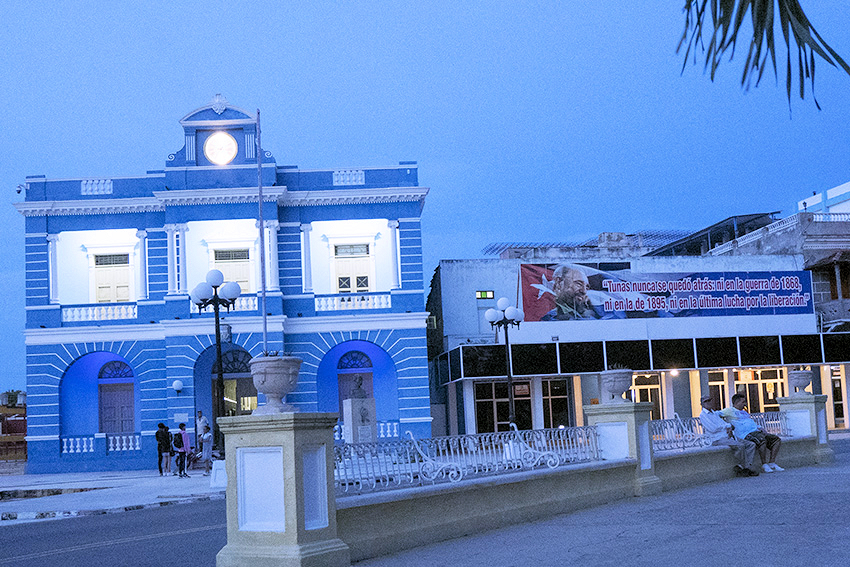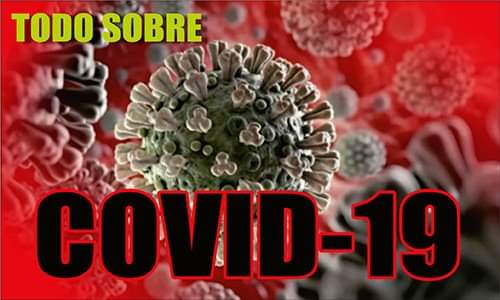
Like an urban postcard that greets visitors and locals alike, the eclectic blue building shades the architectural façade of the Balcón del Oriente Cubano (Eastern Cuban Balcony).
Las Tunas, Cuba.- Although today it joyfully bears the designation of Vicente García González provincial museum, for more than a century, its structure served as a stage for dissimilar social functions; it jealously guards passages of the most autochthonous of Las Tunas.
Located on Francisco Varona Street, next to the emblematic Vicente García Park and facing the Central Highway that leads to the east of Cuba, the building constructed in 1921 was built on the foundations of the Telegraph Barracks and until 1959 it served as the location of the City Hall or Municipal Palace. This date led to a metamorphosis of its social purpose, with the triumph of the Cuban Revolution.
Thus, the indissoluble symbol of Las Tunas identity would become the headquarters of the Revolutionary Commissioner, of the Jucei (Coordination, Execution, and Inspection Board), of the Local Power, of the Luis Urquiza Jorge pre-university and the University Branch, until it became a heritage institution, by the hand of the Provincial Direction of Culture from 1980 onwards.
Since July 1984, to the delight of the children of this land, the building was baptized as what it is today and protects not only the belongings of the brave mambí from Las Tunas but also its rooms exhibit the city history told from its many sides.
With seven permanent exhibition halls and one temporary one, the museum boasts natural history, sports, science, history and heritage, and even time, with the clock ticking marking the course of the quiet demarcation through a prestigious collection of clocks and watches.
The house houses unique treasures of extraordinary value, such as the pen of Juan Cristóbal Nápoles Fajardo -El Cucalambé-, the Coat of Arms of the City, a colonial printing press, documents and various artifacts used by the Creoles in the struggles for national liberation.
When talking about Las Tunas, it is inevitable not to refer to the most iconic and representative of its constructions, which is already an inescapable part of the picturesque contrasts of the young city. The Provincial Museum is the living memory of the people of Las Tunas, a tangible legend of majesty that moves its visitors at every encounter.





